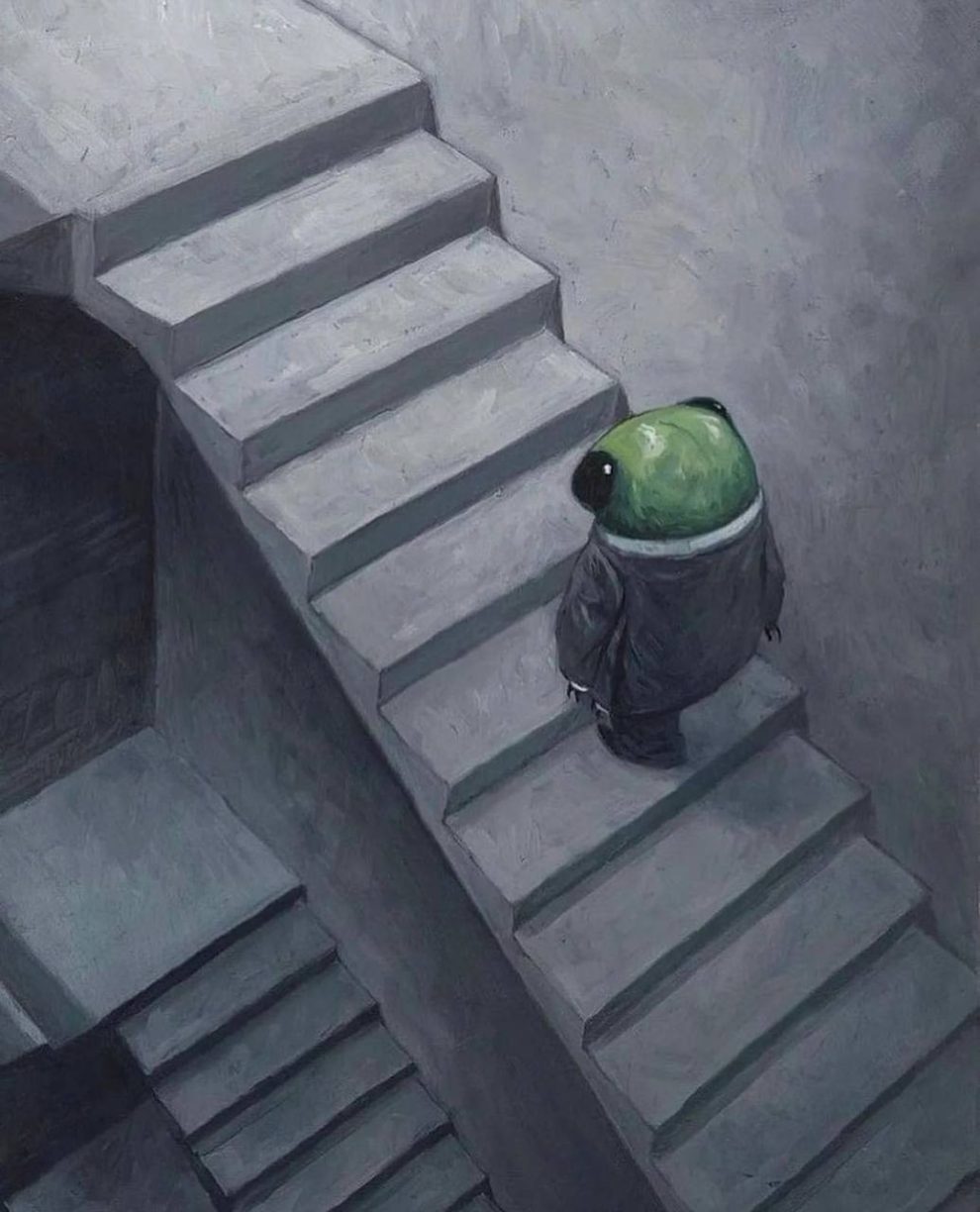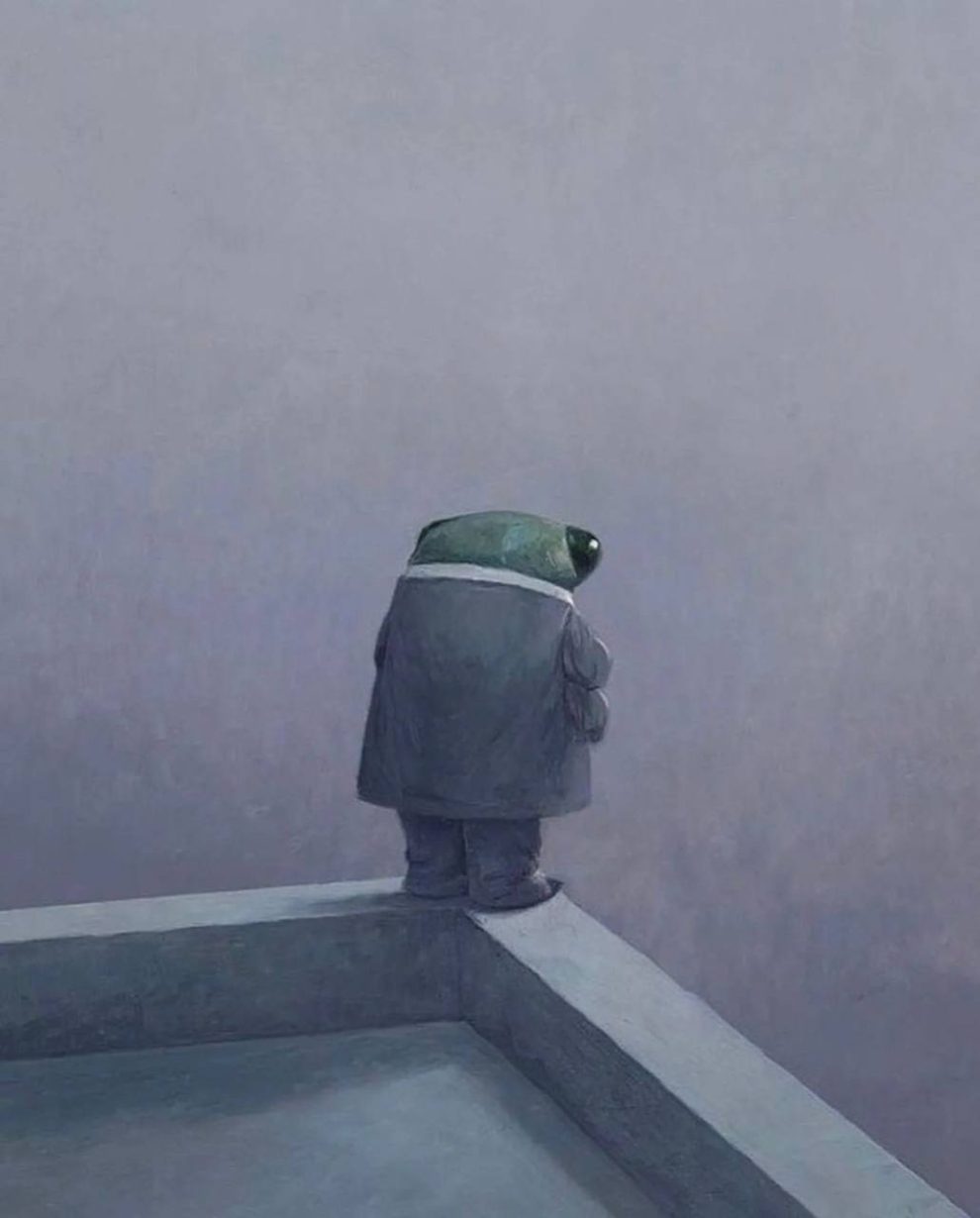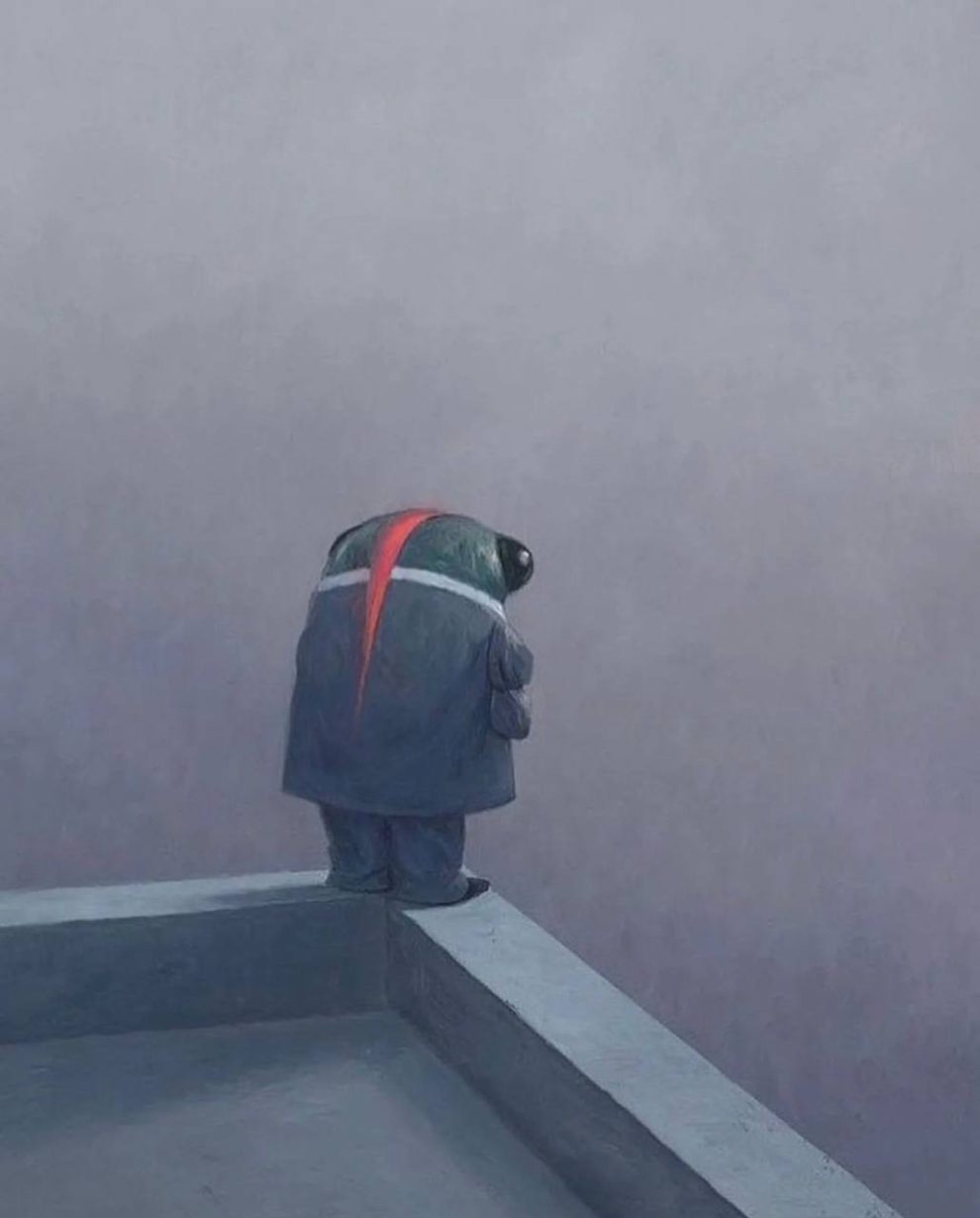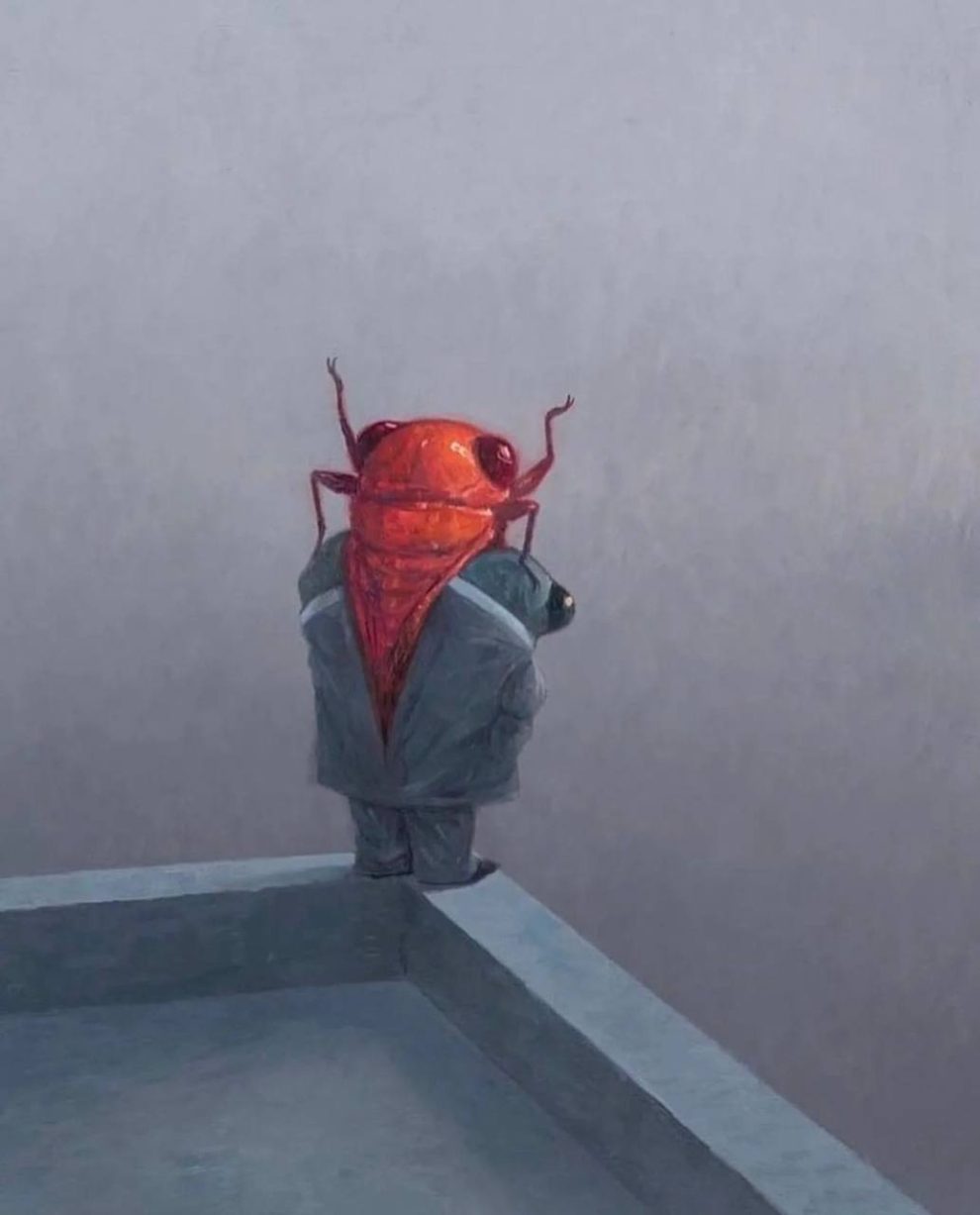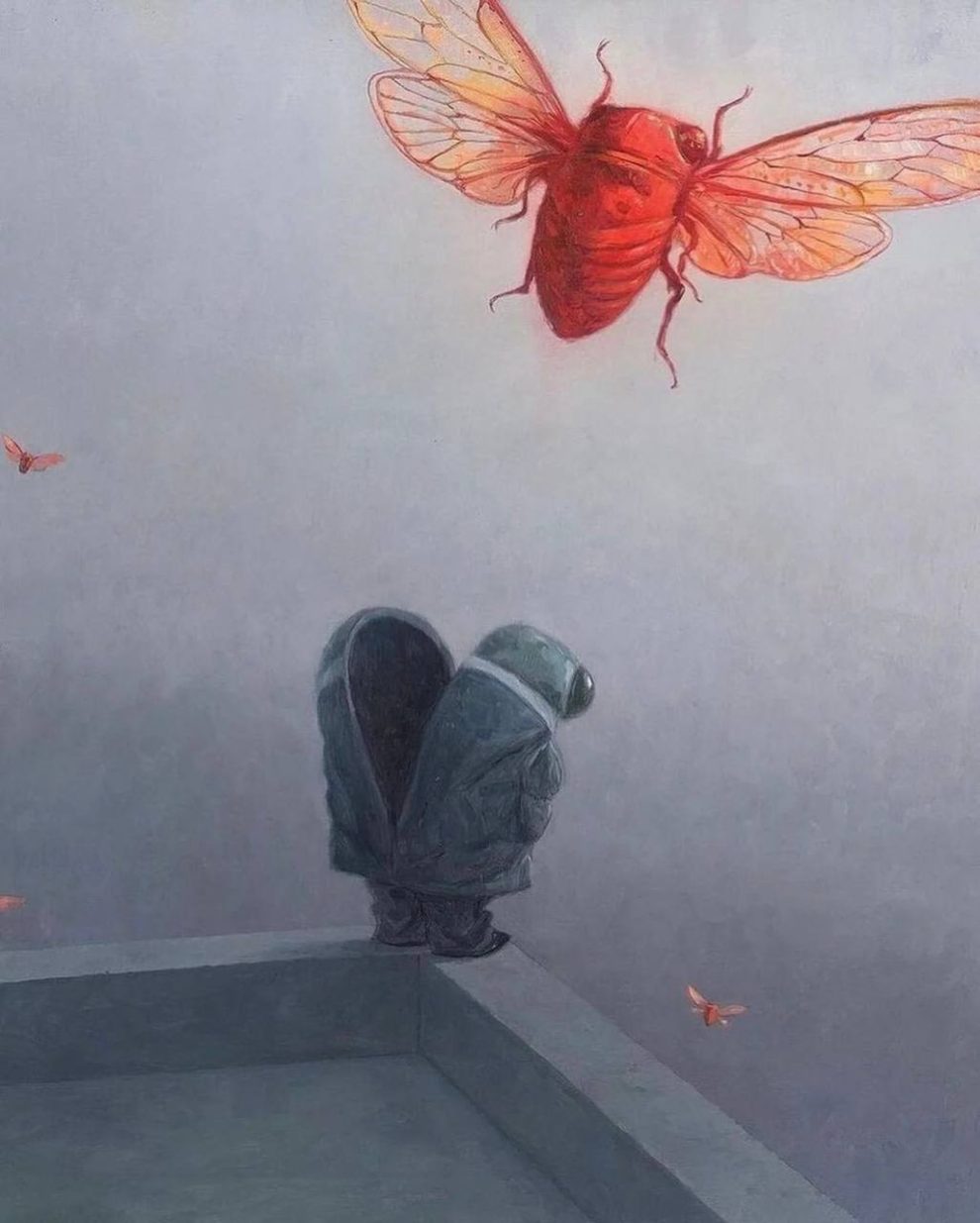Cicada: The Unspoken Horrors of Corporate White-Collar Enslavement by Shaun Tan
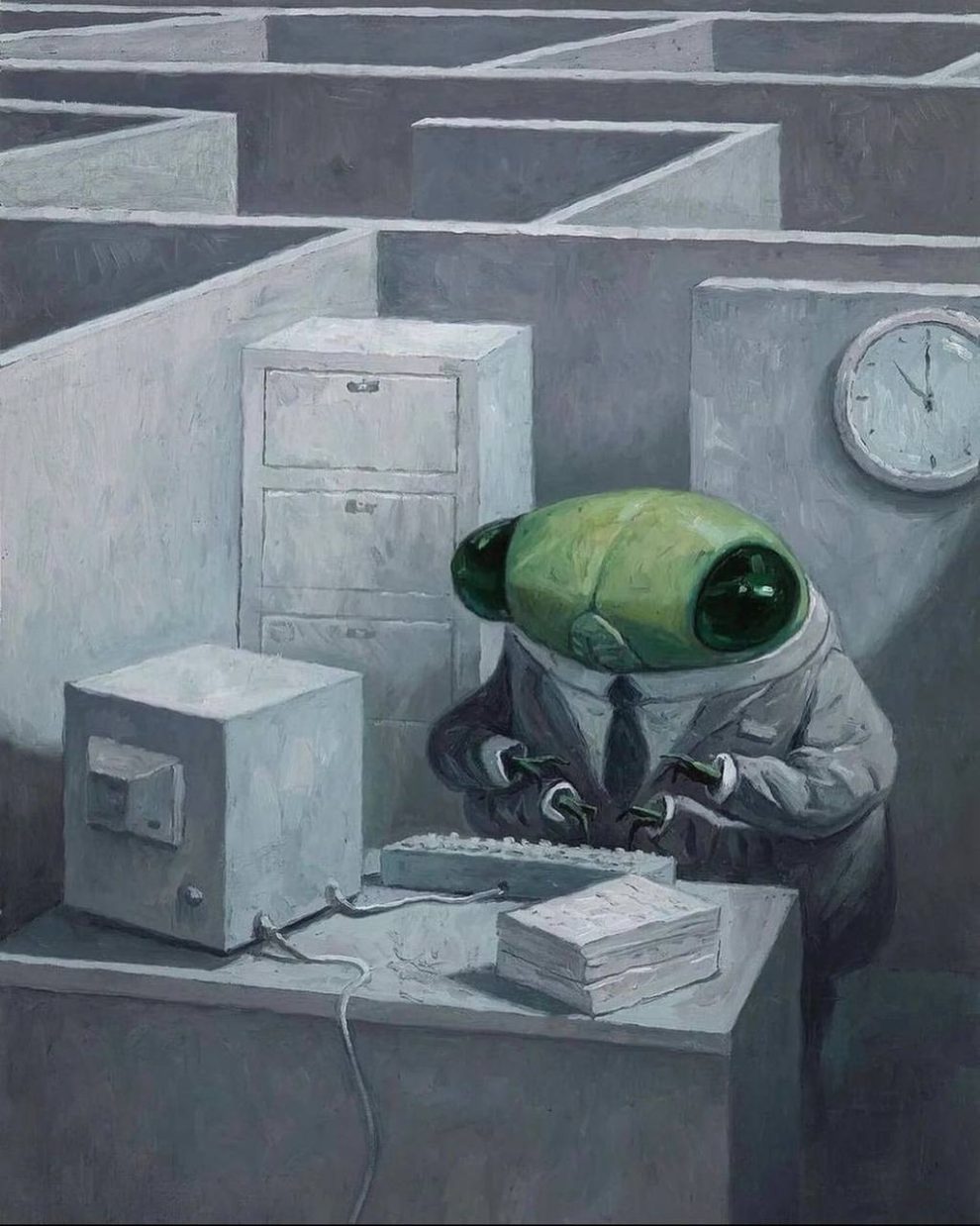
Shaun Tan is a multi-talented Australian artist, writer and film maker. He has received critical acclaim for his work, including winning an Academy Award for The Lost Thing, an animated film based on his own 2000 picture book.
Additionally, he has authored and illustrated other notable works such as The Red Tree and The Arrival. His style is often described as a unique “Australian vernacular” that seamlessly blends the ordinary with the extraordinary, and the local with the universal, creating a captivating and thought-provoking experience for readers.
More: Shaun Tan
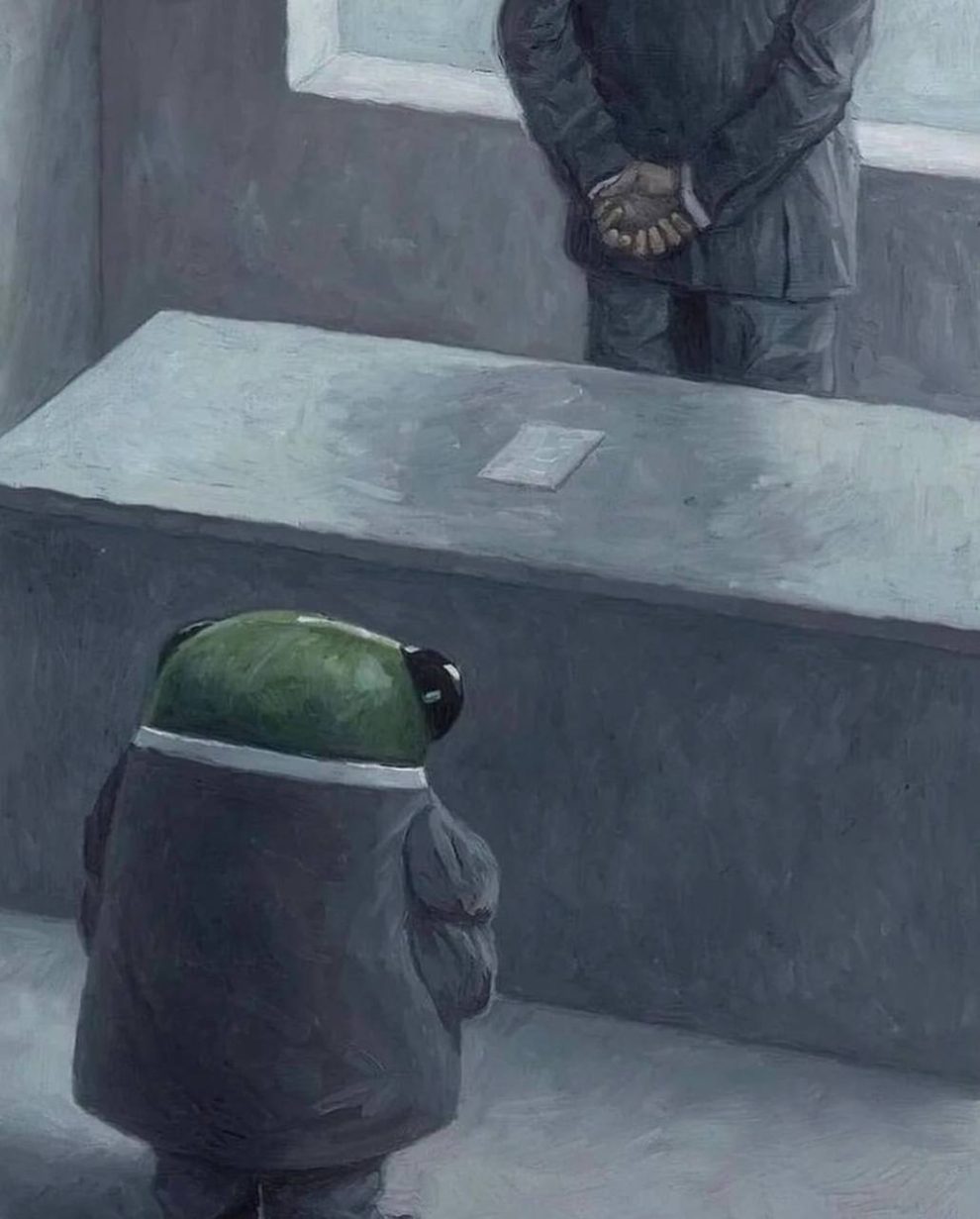
According to his own words: “Cicada is the story of an insect working in an office, and all the people who don’t love him. It’s a very simple 32-page picture book about the unspoken horrors of corporate white-collar enslavement… or is it? You never can tell what a bug is thinking.”
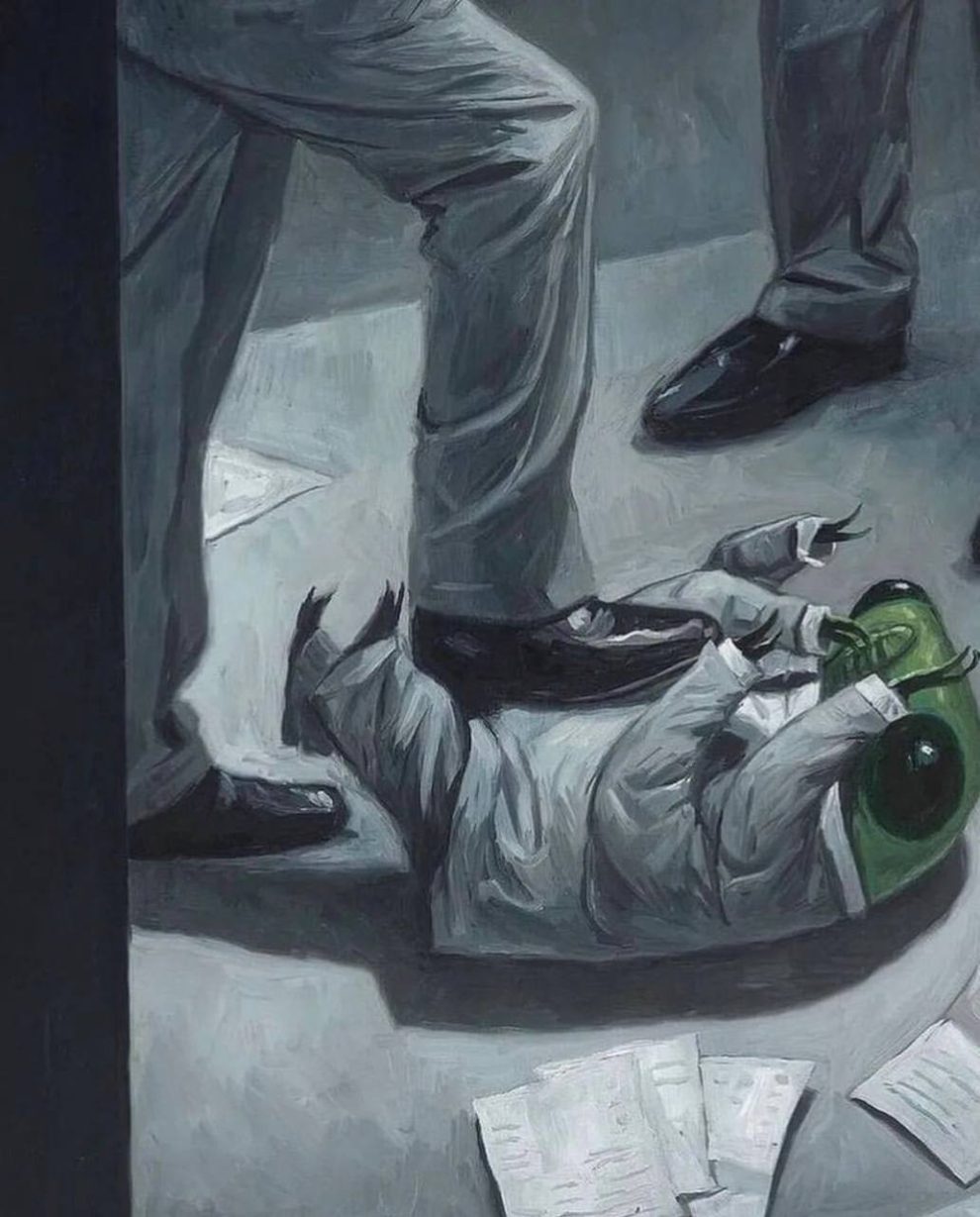
“The earliest idea for Cicada came during a visit to Berlin around 2005, although it could have been any city at any time: I was looking at the imposing grey façade of an office building, studded with hundreds of grey windows. In one window, and one window only, someone had placed a bright red flowering plant to catch the sun. I remember joking to a friend that maybe a big insect, a bee or something, worked in that cubicle. It was a thought I recalled subsequently whenever I saw something organically out-of-place in the sterile environment of corporate office spaces. A particularly lonesome pot plant, an employer’s cat or dog brought in to work, a lost sparrow or, of course, a bug pitifully trying to escape through a glass window.”
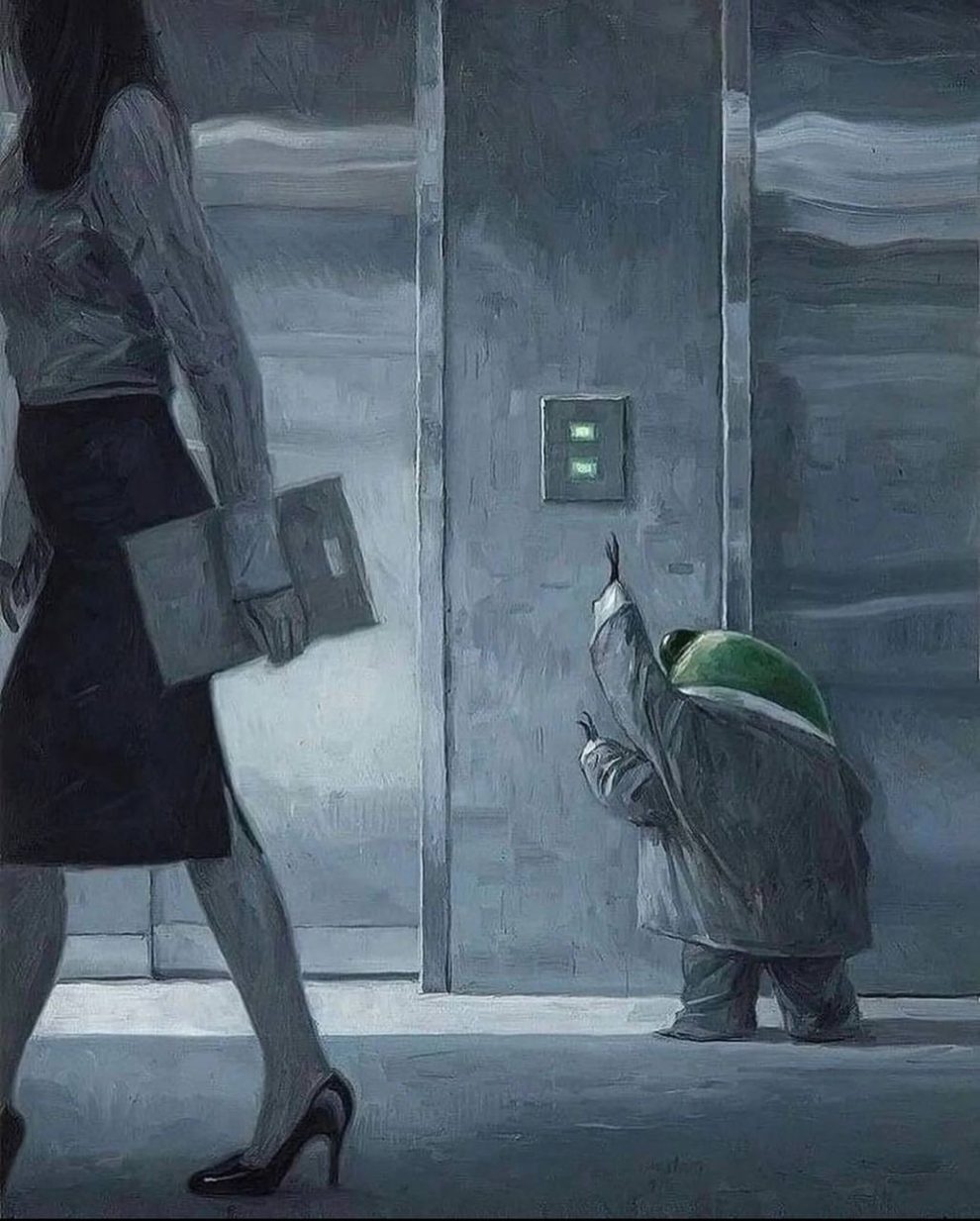
“A second source of inspiration came from hearing cicadas outside my bedroom window, and sometimes finding their empty casings – the cast-off skin of the nymph – still clinging to a high wooden fence (there are large lime-green cicadas in Melbourne that I’d rarely seen in Perth, where I previously lived). Elsewhere I’d seen a documentary about the life cycle of cicadas, in which they spend up to 17 years underground before emerging all at once, overwhelming their predators, then mating and dying in a brief glorious period. It seemed like a kind of heightened awareness of life compressed into a very short final act. This long cycle is alien to us humans, but it’s interesting that we still find it fascinating, as if buried there is some metaphor about mortality, endurance and perhaps even love.”
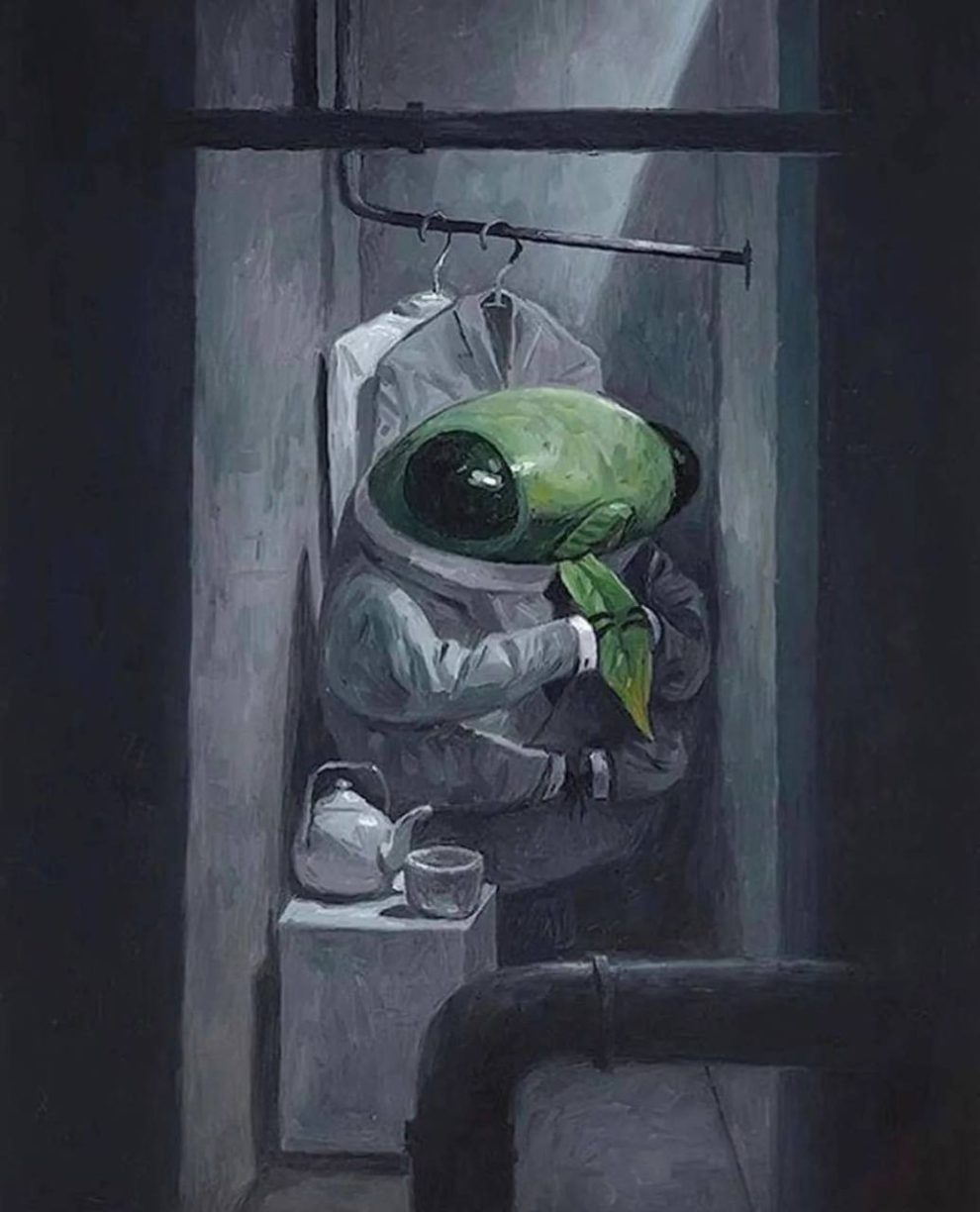
“I wanted to create a picture book that, as usual, was not particularly for children (while still accessible to them). I was thinking about friends and family who have worked in places where they felt underappreciated, including my father who had mixed experiences in his professional life, and has since happily disappeared somewhere in his garden since retirement, growing everything from olives to custard apples.”
